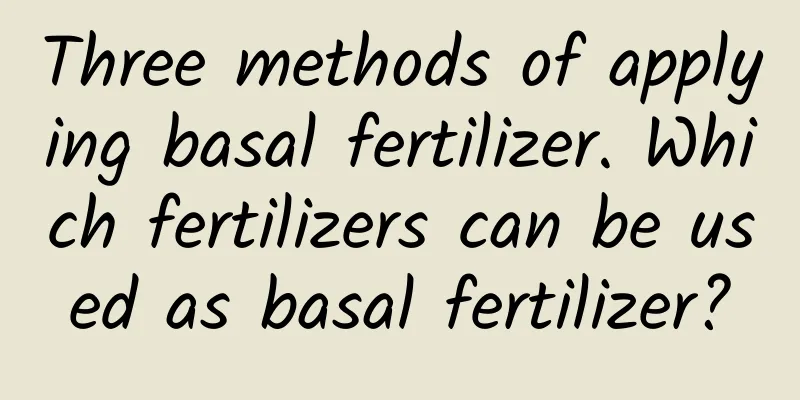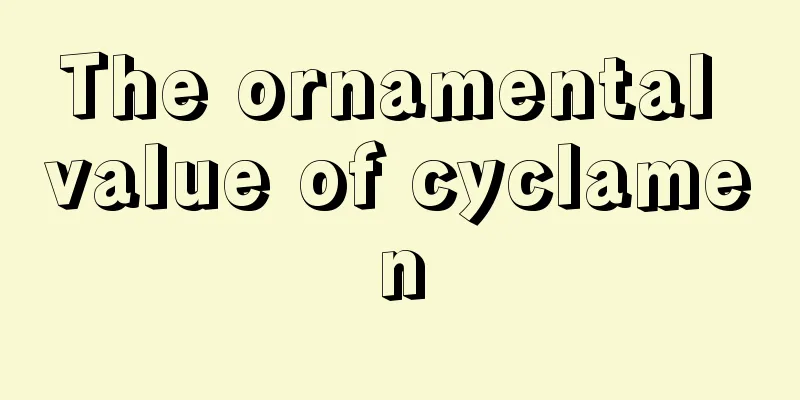Three methods of applying basal fertilizer. Which fertilizers can be used as basal fertilizer?

The role of basal fertilizerBasal fertilizer is the fertilizer applied simultaneously with soil plowing and harrowing before sowing, also called base fertilizer . The application of basal fertilizer has two main functions: one is to improve soil fertility and soil quality, thus creating good soil conditions for crop growth and development; the other is to continuously provide nutrients for crop growth . What fertilizer is suitable for base fertilizer?The types of fertilizers used for base fertilizers should be mainly organic fertilizers and slow-release fertilizers , such as manure, compost, phosphate rock powder, etc., which are all stable and slow-release fertilizers. Phosphorus and potassium fertilizers can also be used as base fertilizers and applied together with organic fertilizers. Quick-acting nitrogen fertilizer should not be used too much as basal fertilizer to avoid nutrient loss and nutrient pollution of water sources. At the same time, this type of fertilizer can easily cause excessive growth in the early stage of the composition, making it susceptible to diseases and insect damage. Effective method of applying basal fertilizer1. Spreading That is, before sowing crops, fertilizer is evenly spread on the surface and then plowed into the soil. This fertilization method is suitable for crops with high planting density, such as wheat and rice. Features : This method has low labor intensity and is evenly mixed with the tillage layer of soil, which is beneficial to improving the soil's fertilizer supply capacity and increasing soil fertility. 2. Strip and hole application It refers to the process of combining land preparation, bed making, furrowing or hole digging before sowing, applying fertilizer to the soil, and then clarifying the soil for sowing. It is suitable for row sowing or spot sowing of crops. Features : This method belongs to concentrated fertilization. It should be noted that the amount of fertilizer should not be too large to avoid burning seeds and seedlings due to excessive local fertilizer concentration. The organic fertilizer applied should be fully decomposed. 3. Separate fertilization method According to the properties of the fertilizer used and combined with deep plowing, apply long-acting fertilizers to the lower layer and quick-acting fertilizers to the upper layer. Fertilizers in each layer should be evenly distributed. Features : This fertilization method can meet the nutrient needs of crop root growth, and is more effective for crops with long growth periods and deep roots. |
<<: Jiangxi vegetable varieties and pictures What are the specialty vegetables in Jiangxi
>>: What crops are suitable for growing in swamps? What crops are suitable for growing in swamps?
Recommend
How to grow potted aloe in winter
Insulation Potted aloe vera has strict temperatur...
Rice growth process
1. Seedling stage Collect rice seeds and then sow...
Can you grow succulents in garden soil?
Can succulents be grown in garden soil? Succulent...
What is the function of white orchid
Watch First of all, the white jasmine has a very ...
Does okra like shade or sun? What are okra's requirements for light?
1. Do you prefer shade or sun? Okra is a light-lo...
How long does cyclamen bloom and how to grow it during the flowering period
1. How long does cyclamen bloom? If the cultivati...
Ten taboos in raising roses
Rose is a kind of flower plant that many people l...
How can the succulent blue stone lotus grow fast?
Growth habits: First, let us have a general under...
How to fertilize Yalezhiwu
Fertilizer application tips Amount of fertilizer ...
How to eat Dendrobium, what are the effects of Dendrobium
1. How to eat 1. Eat raw: The simplest way to eat...
The difference between yellow wood fragrance and white wood fragrance, is yellow wood fragrance easy to grow?
1. Introduction to the differences 1. Look at the...
Don't buy the money tree, it's so expensive, your neighbor can just cut a branch and plant it
Cutting time When the indoor temperature reaches ...
Common symptoms and treatments of cattle not eating grass
Cattle are a common ruminant animal that mainly f...
What to do if the leaf tips of Areca palm dry up
1. Spray water appropriately 1. Specific reason: ...
What are the effects and functions of aloe vera? Can aloe vera be applied directly on the face?
1. Efficacy and Function 1. Beauty and skin care:...









